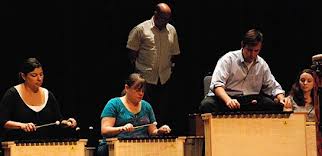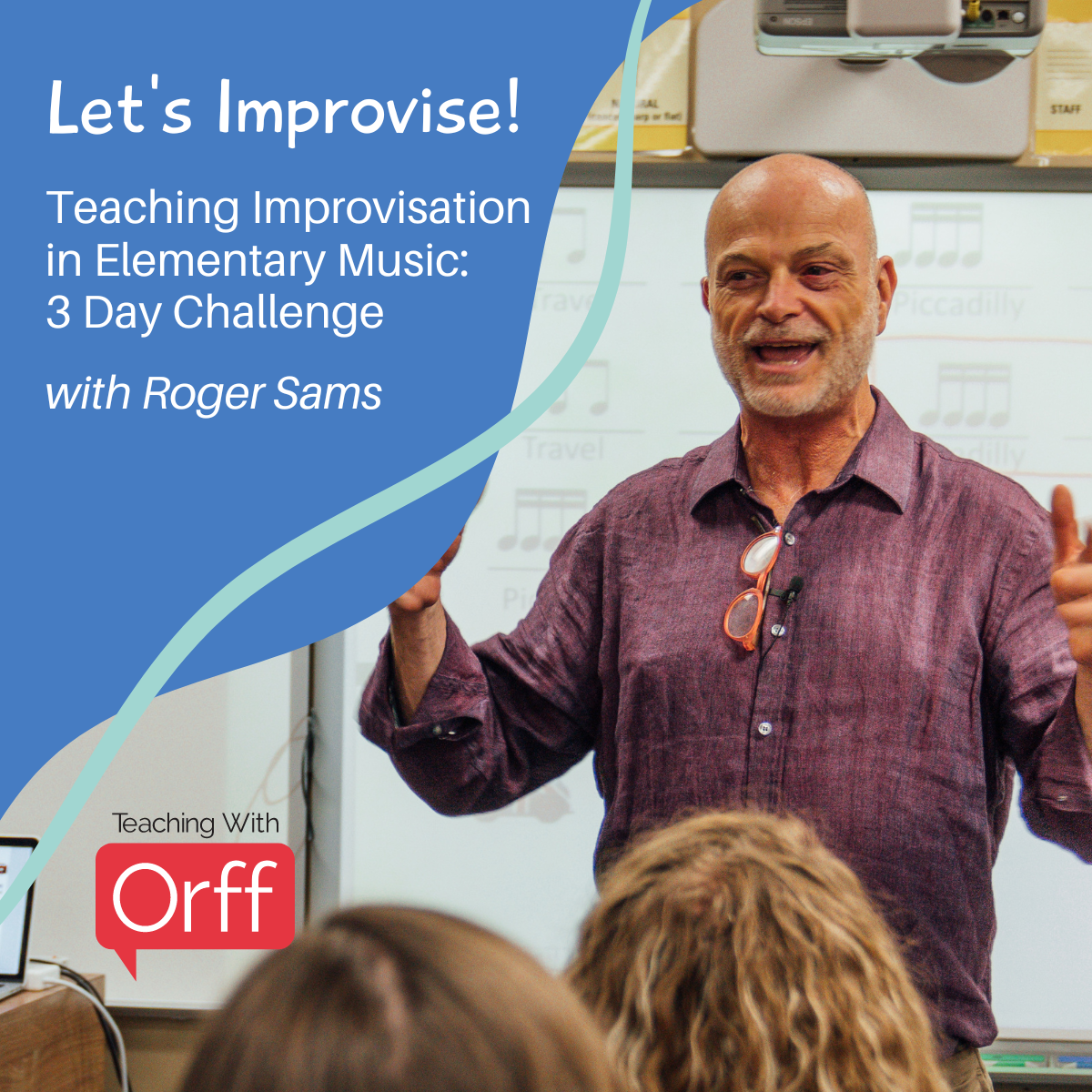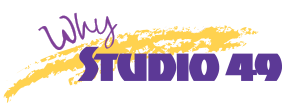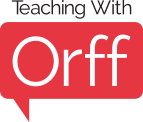
A Day in the Life of Orff Certification: Day 5
Orff Level I – Day 5
In college when asked the difference between the Dalcroze, Kodaly, and Orff methods of elementary music teaching, I always went to a very concise definition: Dalcroze is movement based, Kodaly is singing based, and Orff is instrument based. Now that I am learning more about Orff-Schulwerk, I know what a gross over-simplification this definition really is. Orff is so much more than just instruments – it is a philosophy based on inspiring creativity in students. My impression so far about Kodaly (without taking any courses in it) is that there is much more emphasis on literacy and being able to read music well. As for Dalcroze, I still stick with my over-simplified explanation – it is based in movement as a way to understand music. Obviously, all three philosophies are much more complex than that, but I’m writing a blog, not a dissertation, so I’ll keep it simple.
This brings me to a question posed by a friend after I told him I was taking this class:
To be maximally effective, does Orff recommend using its program alone, or to mix-and-match?
My understanding so far is that you should use whatever method will best teach the concepts that are your focus. If you want to work on sight-reading vocal music, Kodaly methods might suit your needs best. If you want to work on internalizing a rhythm or steady beat with your entire body, Dalcroze may be more your style. Orff-Schulwerk is great when it comes time to create music independently. I think a mix of all three philosophies will best benefit the students in the long run and help them become fully competent music makers.
Roger’s Nuggets of Wisdom
(those small phrases that seem to pretty much sum up Orff Schulwerk)
“Welcome to music class. Mistakes made here.” – Roger told us on Friday about this sign that was posted in a friend’s classroom and then in his own room. I plan on making my own sign this summer to remind students that we are all still learning how to make music – perfection is not expected! So often pressure is put on students to succeed and get the right answer, so I want them to know that music class is somewhere they can make a mistake without feeling like a failure. Babies fall down when they’re first learning to walk and these budding musicians will also make mistakes – the key is in learning to persevere.
“Elemental music” – According to Roger, there are two ways to define this phrase:
Definition #1) The breaking down of music into its basic components
Definition #2) Music which moves you at an emotional rather than intellectual level
An Orff program incorporates both of these definitions for elemental music – strip away the complexity of tonal music by using less notes (ex – sol/mi, do/re/mi, pentatonic) or simple rhythms while still creating a product that touches students emotionally. The goal is to have students engaged in the music and learn the basics – overly complex music will be too difficult for students to understand, but the simple music must still retain their interest through its affect. If we can satisfy both definitions, then students should be receiving an appropriate, engaging music education.
See all posts by Erin Clevenger
Sign up for latest Orff Tips, Lesson Plans and Advocacy Tools

Empower your students to create their own music in this free 3-day challenge with Roger Sams. (Lessons delivered via email)

Learn about the legendary factory that started it all and why so many teachers like you love our instruments.
